- No.609, Centre Of Huijin Nanxiang, Yinxiang Road, Nanxiang Town, Jiading District, Shanghai, China
- sherry@sanmachines.com
- +86-18616767021
The difference and application of single-mode laser and multi-mode laser cleaning!
In industrial production, laser processing is a crucial link. Although traditional processing methods can meet production needs to a certain extent, they often have problems such as low flexibility and environmental pollution. With the advancement of science and technology, laser processing technology has emerged, and with its high efficiency, environmental protection, and non-contact characteristics, it has gradually become a new favorite in the industrial field. Among them, single-mode and multi-mode in fiber pulse lasers are the two most commonly used types of lasers.
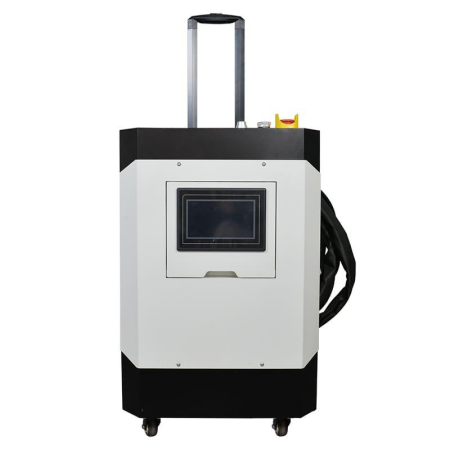
Laser processing
The mode of the laser usually refers to the energy distribution state of the laser in the plane perpendicular to the propagation direction, which can be divided into single-mode and multi-mode. Single-mode means that when the laser is working, only one mode of laser output is generated. The energy intensity of the single mode gradually decreases from the center to the outer edge, and the energy distribution form is a Gaussian curve. Its beam is called a fundamental mode Gaussian beam. The laser beam output by the single mode has the characteristics of high beam quality, small beam diameter, small divergence angle, and energy distribution close to the ideal Gaussian curve. In addition, the single mode has good focusing characteristics, small focusing spot and strong mode stability, which is suitable for cleaning scenarios that require strong removal, such as rust.
The light spot output by a multimode laser is often composed of a combination of multiple modes. The energy distribution in the light spot is relatively uniform, and the more modes there are, the more uniform the energy distribution is. Its beam is also called a flat-top beam. Compared with single-mode, the beam quality of multimode lasers is poorer, the divergence angle is larger, and it requires an optical system with a larger aperture for transmission, and the focused spot is larger than that of single-mode. However, multimode is easier to achieve large single pulse energy, high peak power and high average power output, and the energy distribution is uniform, which is more advantageous for cleaning scenes that require small damage and high efficiency, such as molds.
What are the advantages and disadvantages of single-mode and multi-mode laser cleaning:
Single-mode lasers are suitable for removing contaminants with strong adhesion, such as rust, and are also suitable for cleaning thin materials and precision parts that are sensitive to heat input due to their good beam quality, small focused spot and high energy density. However, due to the excessive concentration of single-mode energy, it may cause certain damage to the base material during cleaning.

For scenes such as molds that require no damage to the substrate after cleaning, multi-mode lasers must be used. The multimode beam has uniform energy distribution and high peak power. It can control the peak power density to be higher than the damage threshold of the pollutant but lower than the substrate. Therefore, the pollutant can be effectively removed without damaging the surface structure of the material during cleaning. In addition, the multimode has a larger focused spot. For scenarios where single-mode and multi-mode can achieve the same cleaning effect, the cleaning efficiency of multi-mode is usually higher. However, for strongly attached pollutants, multi-mode laser cleaning may not be able to do it.
Based on the advantages and disadvantages of single-mode and multi-mode cleaning lasers, the application scenarios applicable to the two are also different.
The main application scenarios of single-mode:
Metal rust removal: The high energy density of single-mode lasers makes it an ideal choice for metal rust removal. It can efficiently remove the rust layer on the metal surface. The higher the laser power, the stronger the rust removal ability and the higher the efficiency. 1000W high-power single-mode pulsed laser, QBH output is easy to integrate, with the advantages of strong cleaning ability and high efficiency.
Weld oxide cleaning: During the welding process, due to the high temperature of the processing process, the weld and the surrounding area are prone to form oxides and material precipitation debris, which affects the welding quality and appearance. 200-500W single-mode lasers can accurately remove oxides to ensure the appearance and quality after welding.
Precision parts cleaning: 100-200W single-mode lasers, QCS output, strong cleaning ability, small heat output, small deformation and thermal impact of materials after cleaning.
Multi-mode main application scenarios:
Mold cleaning: Molds may accumulate residues such as plastics, metal fragments, dust, etc. during use. These residues will affect the surface quality of the product and cause product defects. Regular cleaning of molds can prevent corrosion and wear, thereby extending the service life of the mold. Due to the large difference in the characteristics of the mold substrate and contaminants, the use of flat-top beams can effectively remove contaminants without damaging the mold. 500-1000W square spot multi-mode lasers have high cleaning efficiency and do not damage the substrate.
Perovskite cell edge cleaning: refers to cleaning the film layer at the edge of the thin-film solar cell to create an insulating area, which is conducive to subsequent packaging work. YFPN-1000-GMC-H50-F laser has square spot output, uniform energy distribution, high peak power, and can remove the film layer in one go without damaging the glass with high efficiency.
Related product links


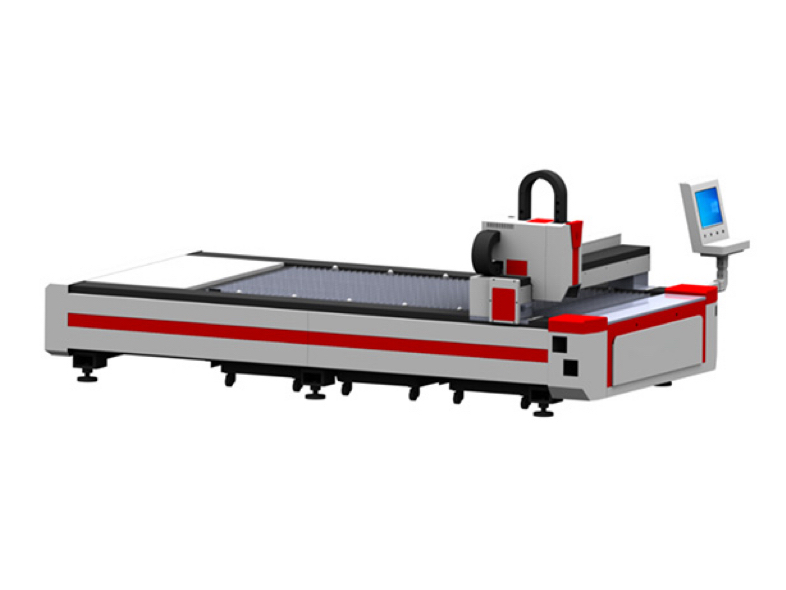


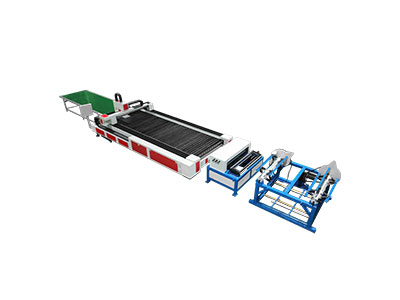
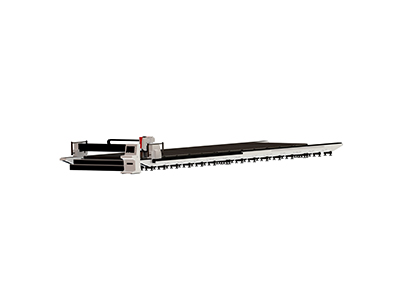
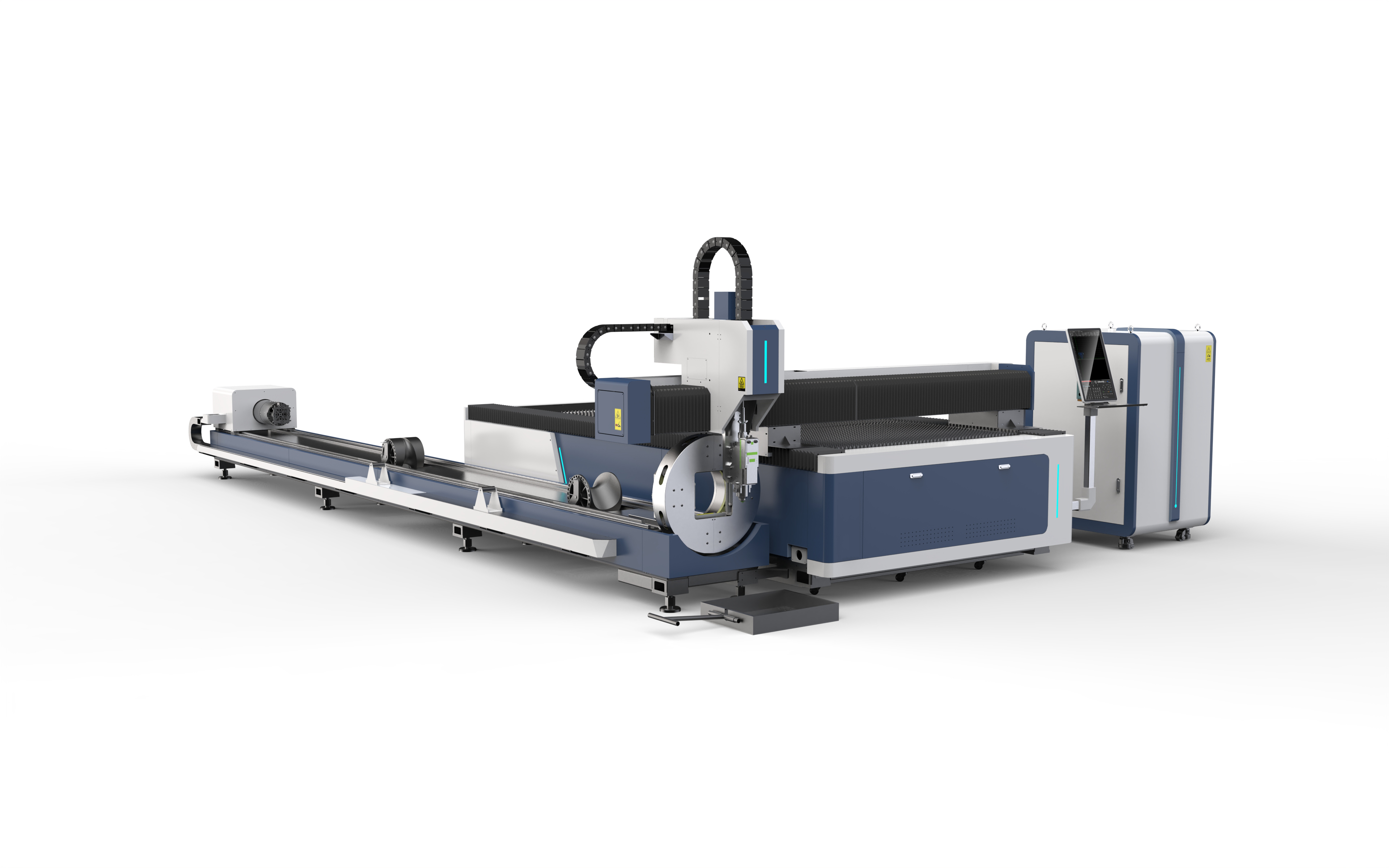


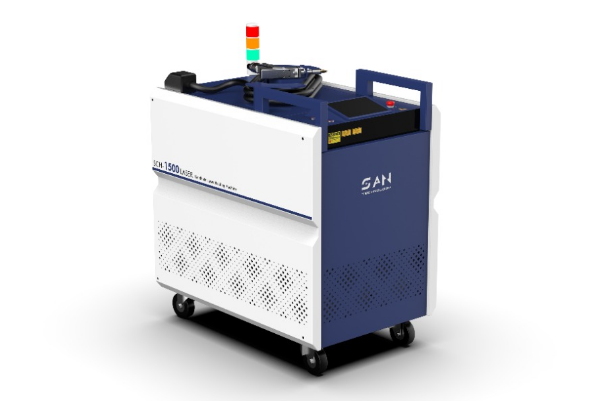



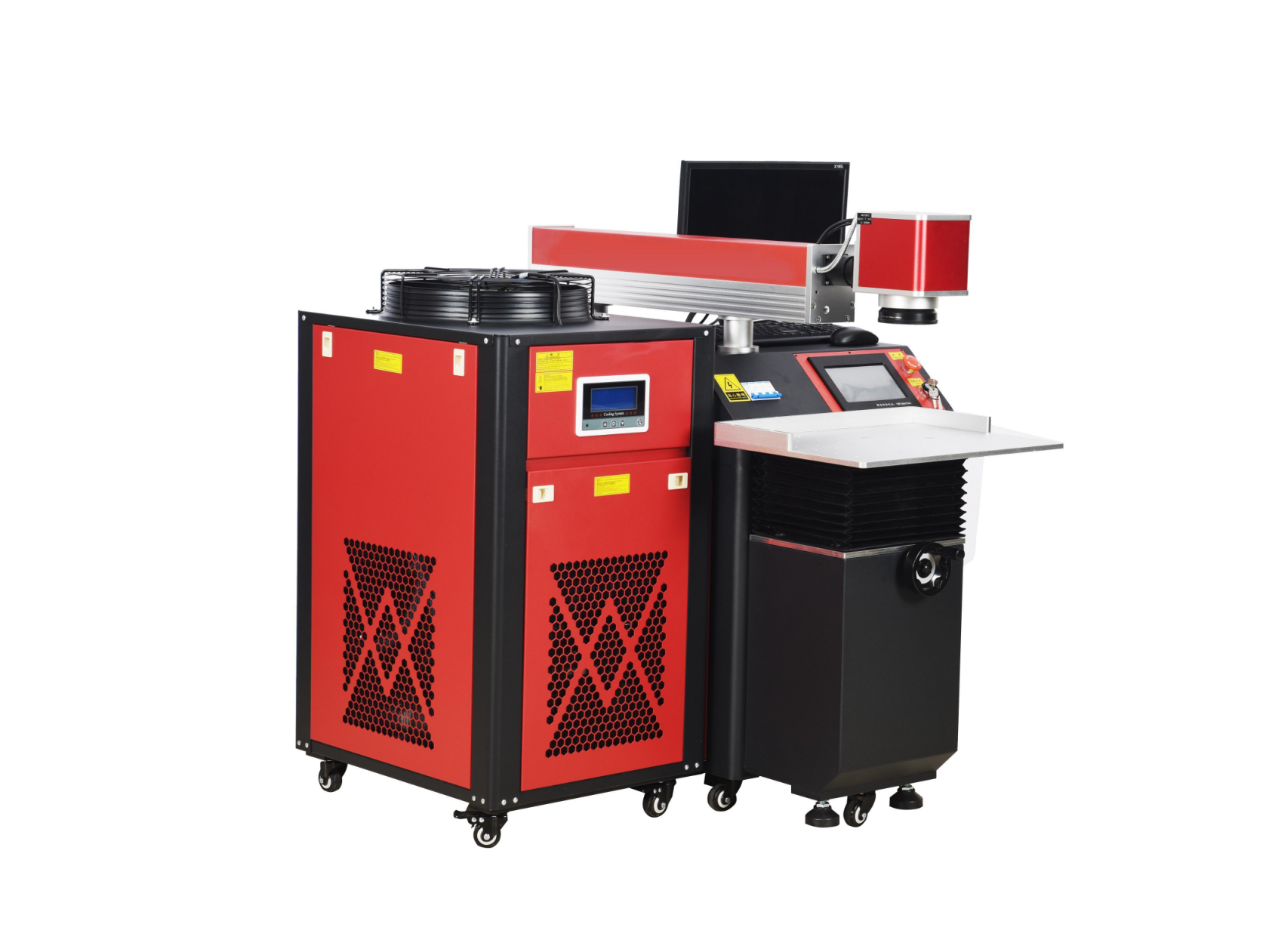







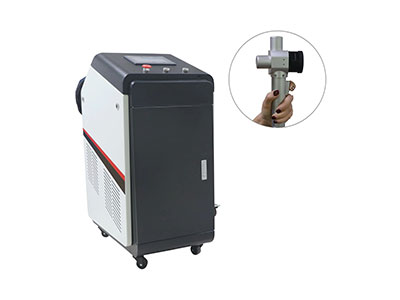
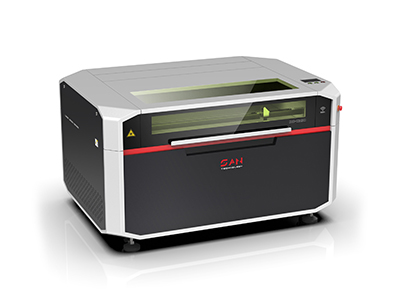


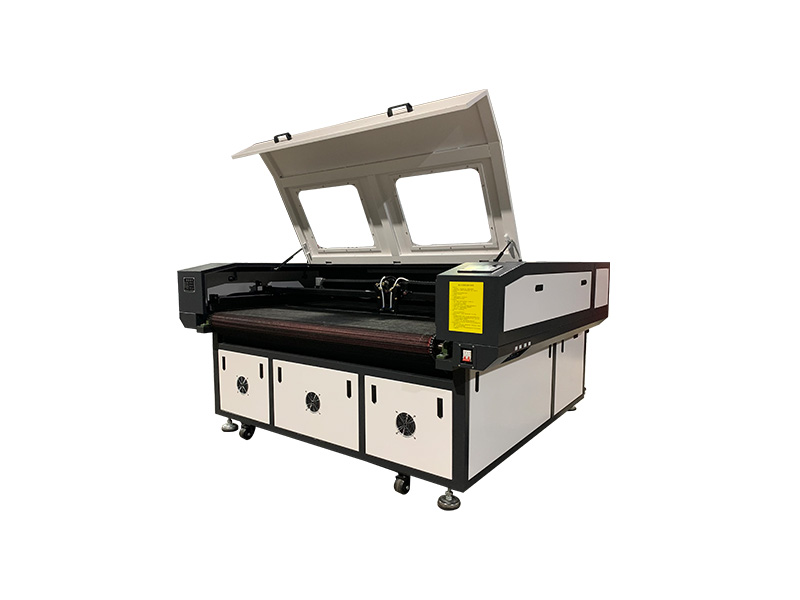
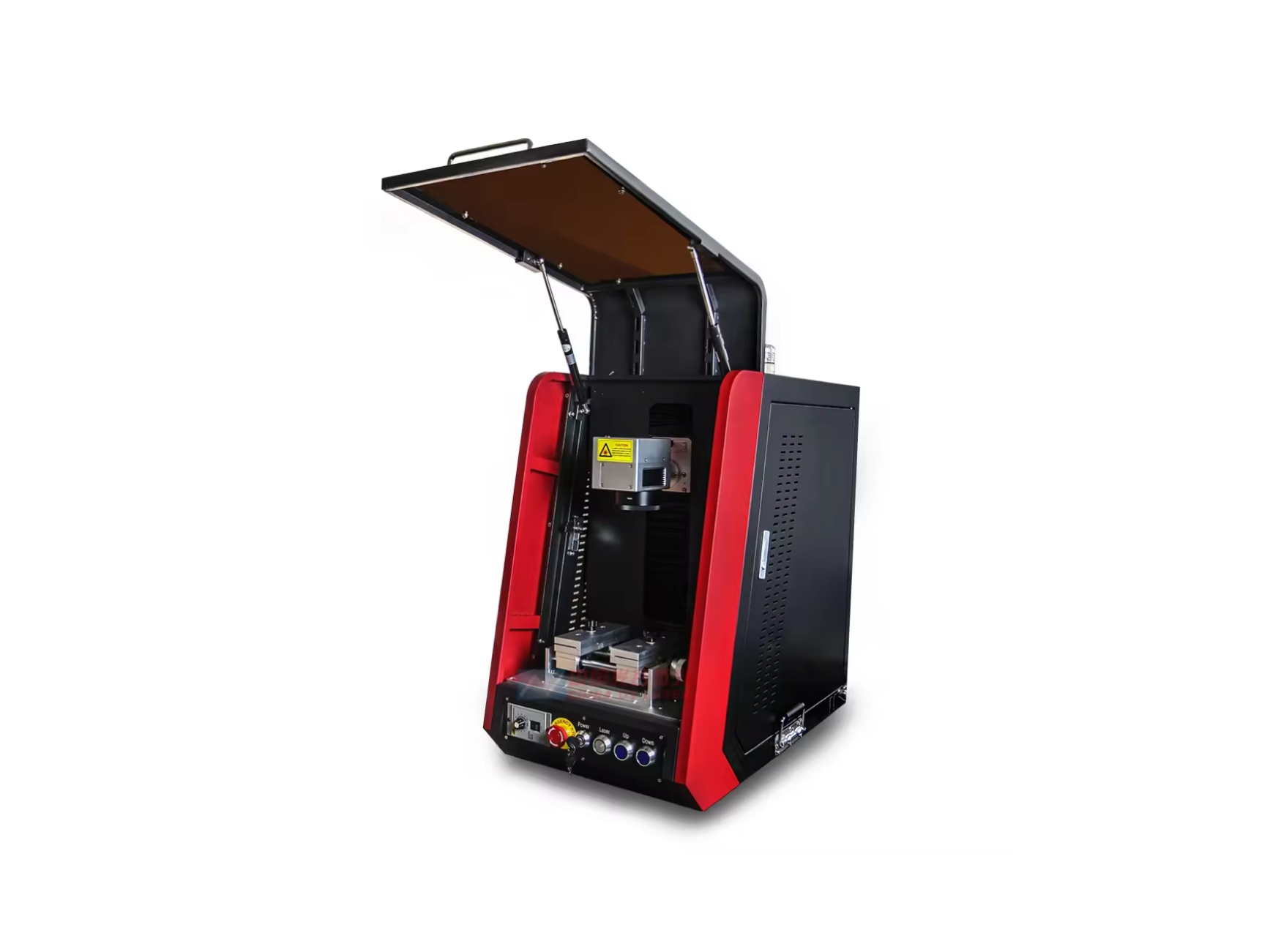
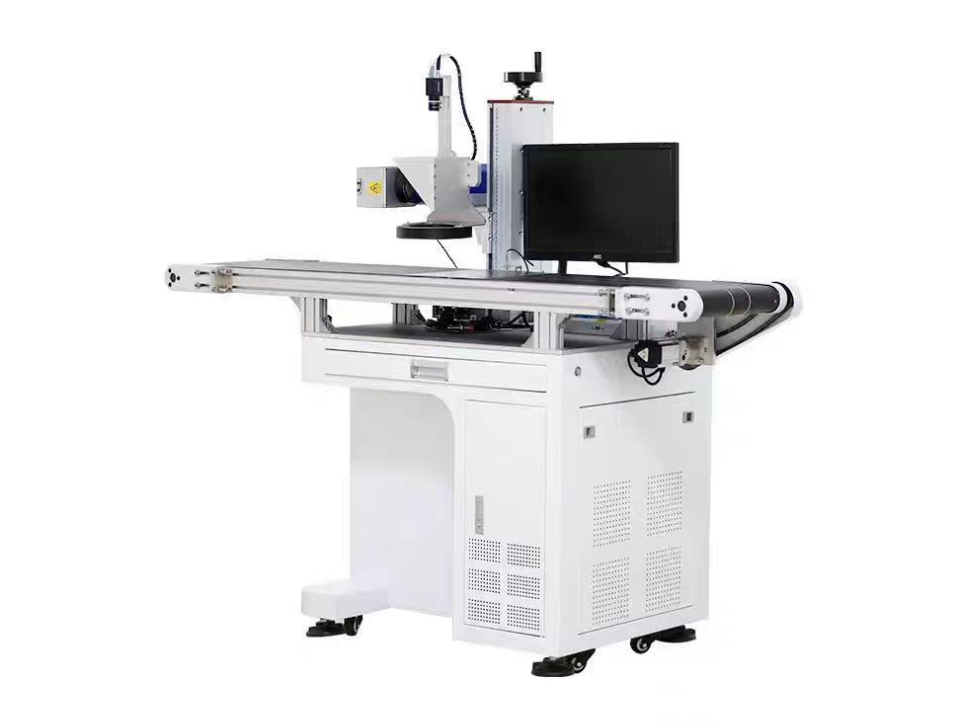

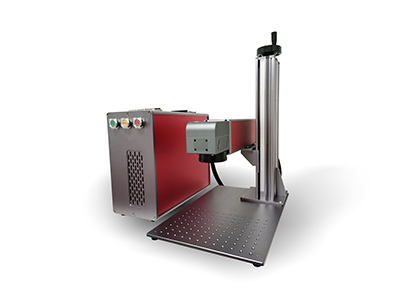



 Welder News
Welder News




